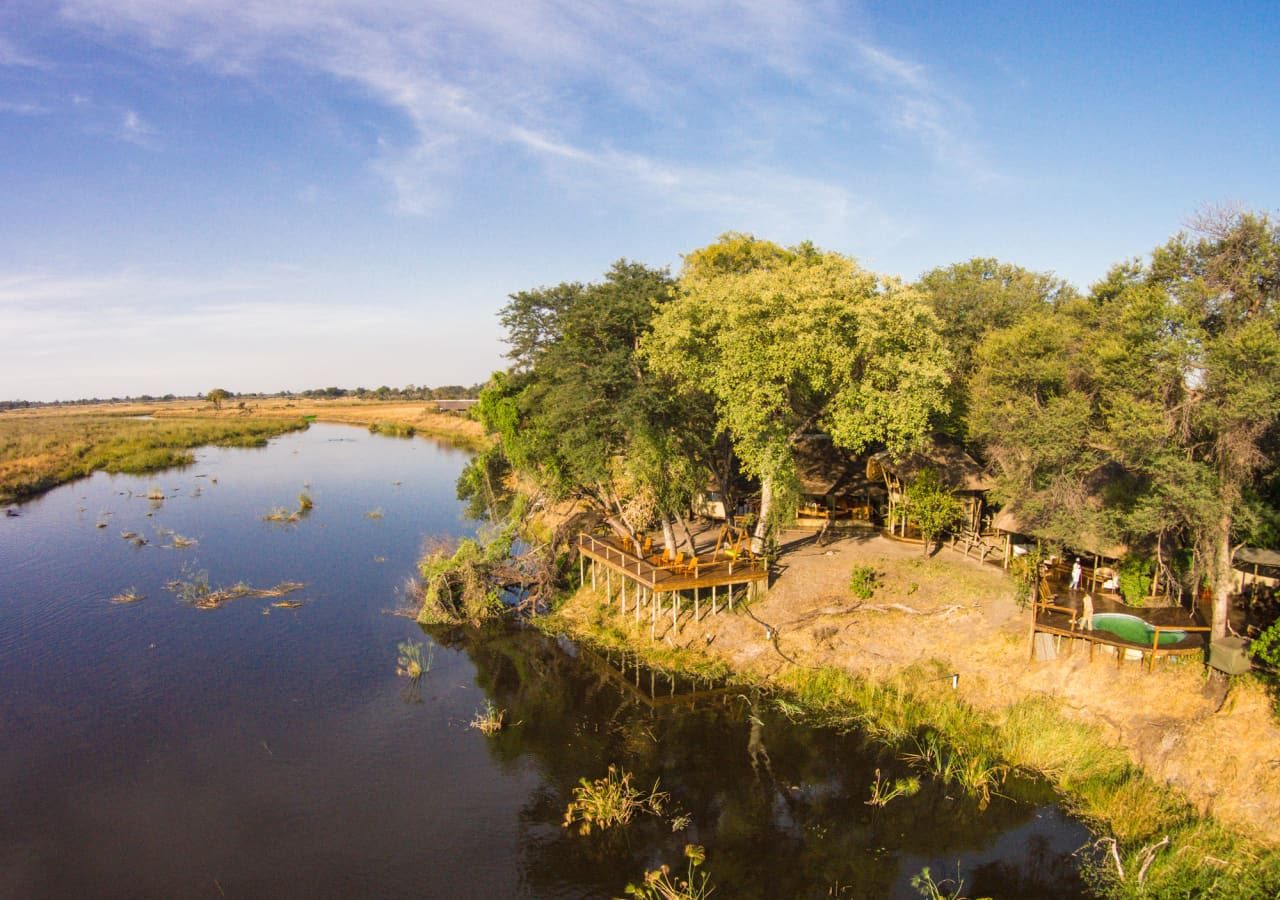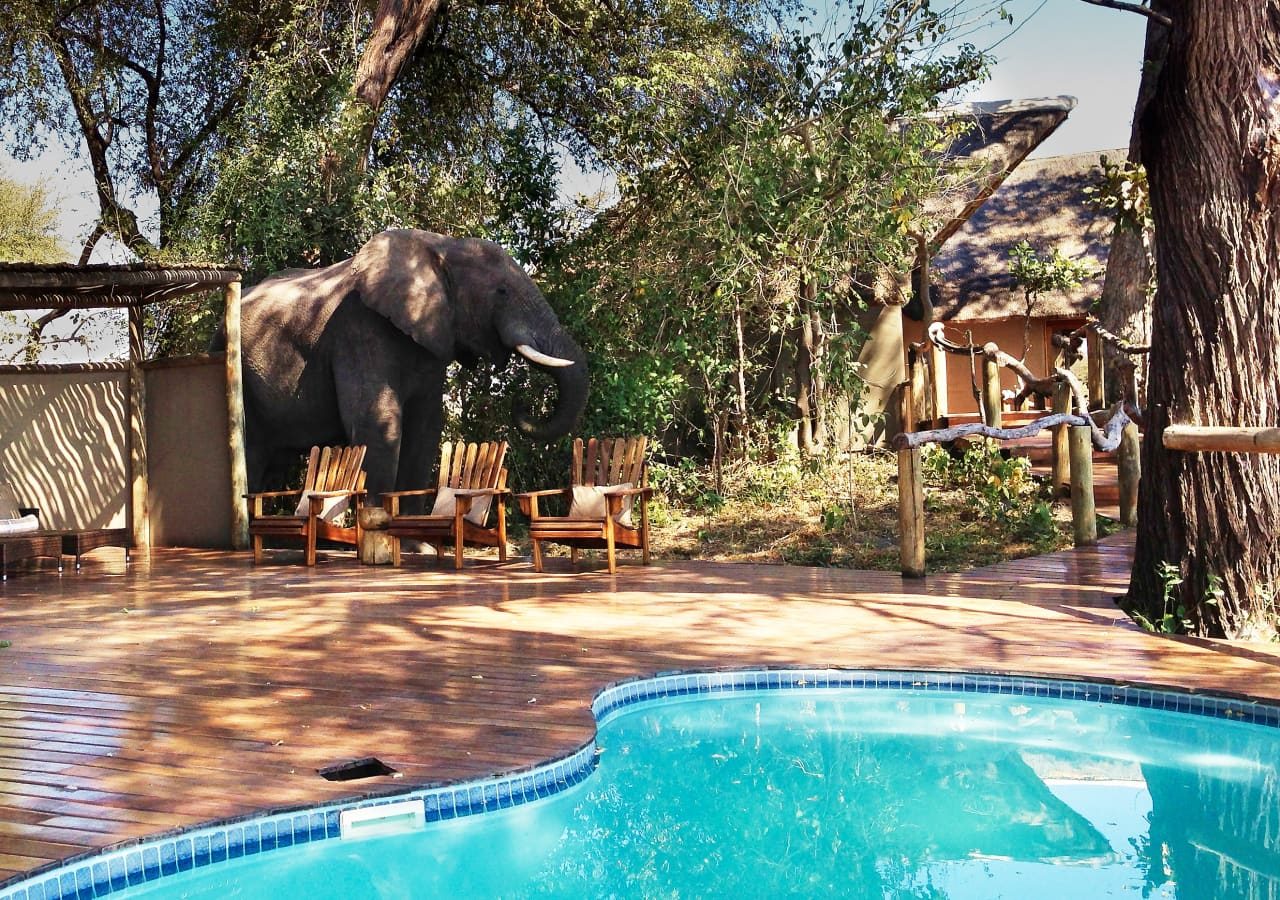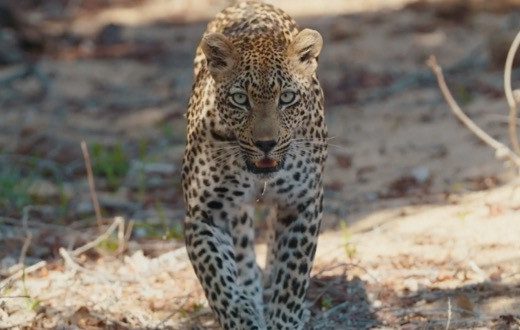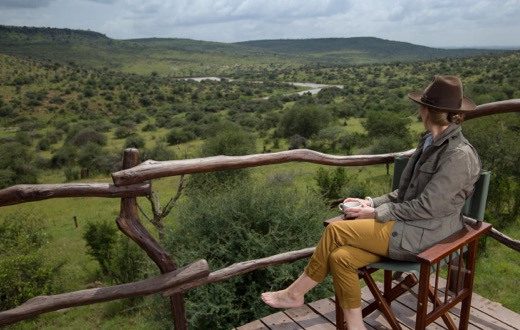
Lagoon Camp
Situated in Botswana's Linyanti region, Lagoon Camp lies on the shady banks of the Kwando River among tall and ancient African Ebony and Marula trees. This area is home to huge herds of elephants and buffalo. There are few places in Africa where such concentrated numbers of these animals exist, especially in the dry season.
Lagoon Camp features 9 expansive tents including a family tent. Each tent's private deck, living area, and bathroom all have picturesque views over the river. Each tent has an ensuite bathroom with both an indoor and outdoor shower, as well as a bathtub. The main areas of the camp include a bar and sitting area, an outdoor deck with a swing, a dining area, a swimming pool, a curio shop, and a cosy second-level library overlooking the river.
Expert View
- THE place to see wild dog in Botswana - a pack regularly dens close to camp
- Elephants drinking at the riverbank, in full view of the main deck
- A digital detox experience (no wifi, no cell phone connectivity)
- An exclusive concession allowing for game drives off road and at night
At a glance
-
9 Tents
-
6 Years +
-
Open All Year
-
Family Rooms
-
All Inclusive

"See Botswana in the summer for less. Travel from 15th November to 31st of March, and combine Lagoon with other camps around the five major rivers in the region, all at a common-rated, discounted price."
ACTIVITIES
Adventures and activities to ensure lifetime memories are made. From unforgettable thrills to indulgent relaxation, choose those that appeal most.
-
4WD Safari
-
Boat Trip
-
Guided Walking Safari
-
Night Drive
-
Fishing
-
Kids Bushcraft
-
Food Experiences
Gallery
Take a journey through Lagoon Camp to get a flavour of its unique style and character, designed to enchant every guest.






TRIPS TO INSPIRE
From majestic wildlife to out of this world natural wonders, cultural melting pots and enchanting beaches, every bespoke Mahlatini journey is thrilling. Unsure where to visit? Whether it’s a bucket-list adventure, a milestone celebration or simply a much-needed escape, experience the joy with this inspiring selection of favorites.
- Bespoke itineraries
- Flights and transfers included
- Best rates guaranteed
HOW TO BOOK
At Mahlatini, we like to make things easy for you. Browse our website for inspiration or pick up the phone. Whether you’re full of ideas or unsure of where to start, we’re here to help. Serial safari-goer or first-time visitor, we’re ready to create your ultimate tailormade itinerary.

Connect
Call us or enquire online. Share your wish list and we’ll start planning your adventure.

Customise
Your dedicated travel expert will be in touch within 24 hours to start designing your bespoke itinerary.

Confirm
We won’t stop refining your plans until we get the perfect trip at the best price.

Travel
Receive your Mahlatini travel documents, pack your bags and set off on your trip of a lifetime!
CLIENT REVIEWS
We routinely go the extra mile to ensure that you're in good hands at every stage of your journey.
Adventure Holiday to Lagoon Camp
Great safari, great people, and great guides. Highly recommended. We saw the most Wildlife here. Spent most of the time on this Safari Tracking in the bush which we were rewarded greatly for. Our guide Spencer and his Tracker were fantastic.
Read full reviewHoneymoon to Lagoon Camp
Carlos and PD, our guide and tracker respectively, were outstanding. They communicated everything that they saw or thought regarding the safari back to us and their knowledge was excellent. The staff back at the camp were excellent too.
Read full reviewHoneymoon to Lagoon Camp
Lagoon, Northern Botswana, a fabulous setting next to the river and absolute luxury in the middle of nowhere - superb! The food this time was amazing in their own unpretentious way....really, really tasty! Listening to the hippos and painted frogs at night was so therapeutic. Really well looked …
Read full reviewHoliday to Lagoon Camp
This was my favorite location by far. Atmosphere and the staff were perfect. The accommodations were clean, they did a great job keeping bugs and critters out of the "tents". The food was really very good. The only thing I wasn't a huge fan of was the family-style dinners, but that is because we ar…
Read full review



